Portrait of a young dandy: Carl Gustaf Mannerheim
Artefact of the month - March 2023
Carl Gustaf Mannerheim (1797–1854), eldest son of Carl Erik and Sofie Mannerheim, followed in his father’s footsteps and became one of the most notable Finnish public officials of the early 19th century. He was a trained lawyer and worked as a judge of the Court of Appeals of Turku, deputy governor of the Vaasa Province and in other roles prior to being appointed governor of the Vyborg Province in 1834 and then chief judge of the newly formed Court of Appeals of Vyborg five years later. He was passionate about entomology, the scientific study of insects, and became a world-famous researcher in this field. Carl Gustaf Mannerheim also chaired several learned societies, and he was invited to become a member of a number of foreign learned societies thanks to his merits in natural sciences.
In this portrait, the young Count Mannerheim, who appears to be around 30 years of age, is depicted as an elegant man of the world, dressed in a green coat, and casually draped in a brown cloak with chequered lining, decorated with a green velvet collar and large braid trims. The tilt of the head, the tall top hat that emphasises the position of the head and the carefully displayed chequered lining of the cloak create the impression of a fashion-conscious young man who may have been a bit of a dandy. Pinned to the chest of the jacket is the Imperial Order of Saint Prince Vladimir, 4th class, that was awarded to Mannerheim in 1828, and this portrait may indeed have been painted around that time. As Carl Mannerheim received his next decoration in 1839, this portrait was, in any case, painted before that.
Due to the lack of signature, the identity of the painter is uncertain. Considering the portrait painters active in Finland at the time – namely Gustaf Wilhelm Finnberg and Johan Lindh – this portrait could have been painted by Johan Lindh, and the eyes and the top part of the face do admittedly resemble the best works of Lindh from the late 1820s in terms of their liveliness. The violet grey and reddish clouds in the background and the blue sky peeking through them also resemble some of the portraits painted by Lindh in the late 1820s. In contrast, the mouth and jaw are unusually expressive for Lindh.
Of course, the painter could be an artist from St Petersburg, considering that Gustaf Mannerheim’s father, Carl Erik, had commissioned a painting of himself there in 1825. The portrait would also be unique in terms of composition for a work by Lindh, although Lindh was significantly more imaginative in his portraits from the late 1820s than in his later works. The Mannerheim family demanded a great deal from artists, as demonstrated by the dispute with Finnberg regarding portraits commissioned from him – although the main reason for the dispute was the artist’s slow working speed. The portrait of Carl Gustaf Mannerheim painted by Finnberg was eventually completed, but perhaps it did not encourage new commissions. With the level of requirement set high, perhaps Lindh gave his best effort.
The cloak worn by Carl Gustaf Mannerheim is draped just as casually around the model as, for example, the fur collared cloak worn by Rabbe Fabian Gustaf Wrede in the portrait painted of him by Finnberg in the early 1830s. Ultimately, this custom of hiding the model’s hands and lower body behind a jacket or cloak (or a shawl in portraits of women), goes back to portraits from the 18th century in which the body from the elbows down disappears under flowing, cloud-like silk, as is the case for portraits by Isaac Wacklin.
Between 1849 and 1851, Lindh painted an official portrait of Carl Gustaf Mannerheim, in which he is depicted wearing the uniform of the chief judge of the Court of Appeals. All of the previous dandiness is nowhere to be seen in this portrait.
The portrait was received as a donation from the estate of Brita and Augustin Mannerheim in 2012. The later portrait was bequeathed by Count Carl Erik Mannerheim in 1986.
The National Museum of Finland bought a desk that had belonged to Carl Gustaf Mannerheim in 2014 and a cartonnier belonging to the desk in 2021. Both the desk and the latter portrait are on display in Louhisaari manor in Askainen, which in the 19th century was the summer residence of the Mannerheim family.
Jouni Kuurne


-
2024
-
2023
-
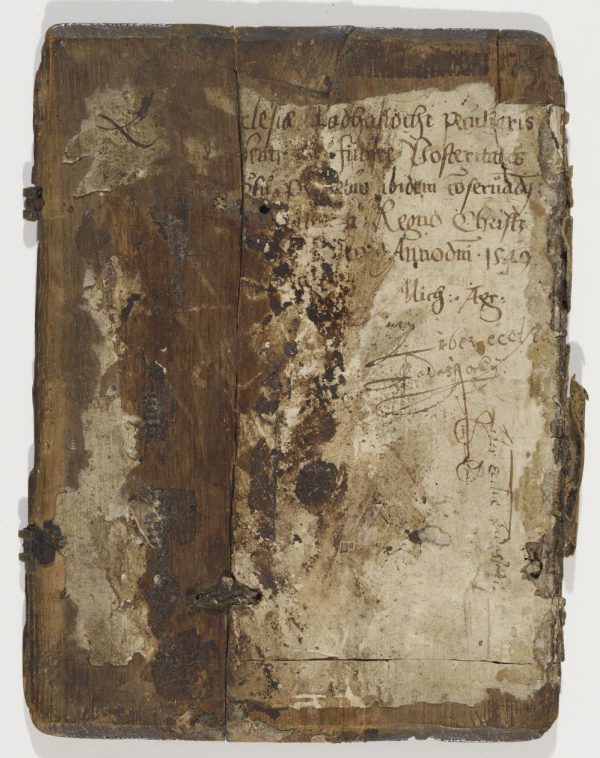 Book cover
Book cover
-
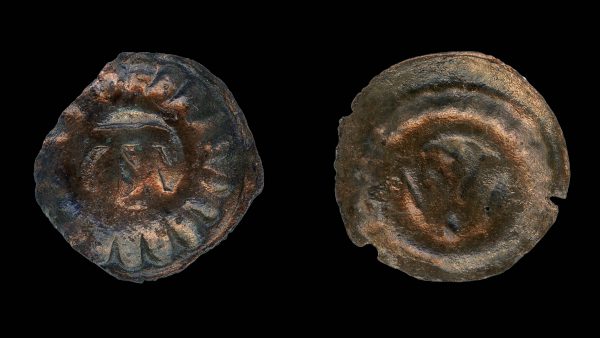 Pennies found in Häme Castle
Pennies found in Häme Castle
-
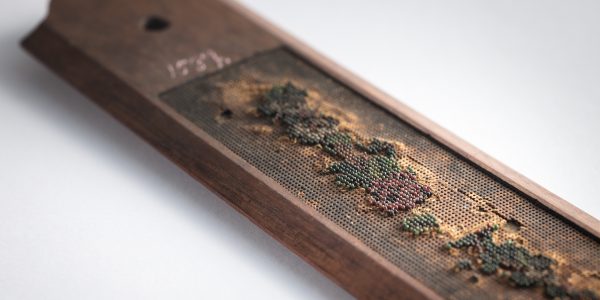 Ruler received by Aleksis Kivi as a consolation gift
Ruler received by Aleksis Kivi as a consolation gift
-
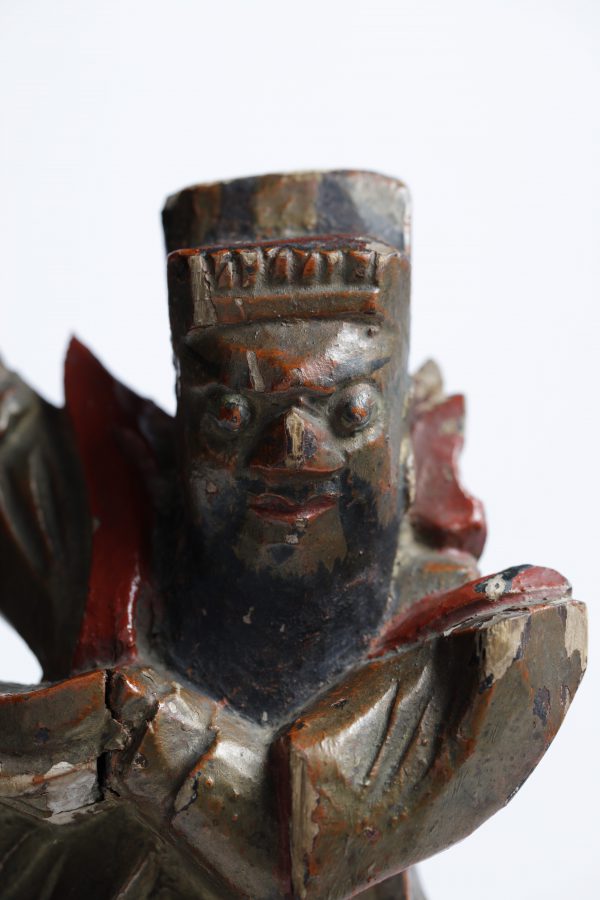 Caishen, god of wealth
Caishen, god of wealth
-
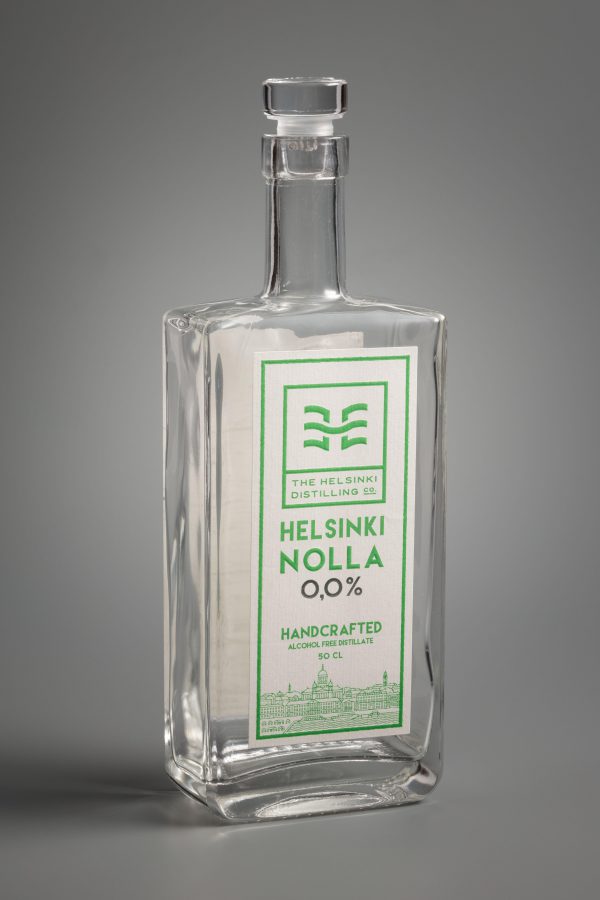 Sober curious phenomenon
Sober curious phenomenon
-
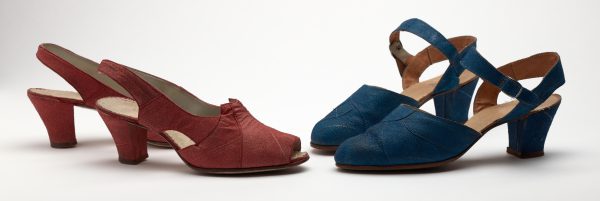 Summer shoes made of fish leather
Summer shoes made of fish leather
-
 Book briefcase of the Finnish Seamen's Service
Book briefcase of the Finnish Seamen's Service
-
 Nyytinkirukki lace pillow
Nyytinkirukki lace pillow
-
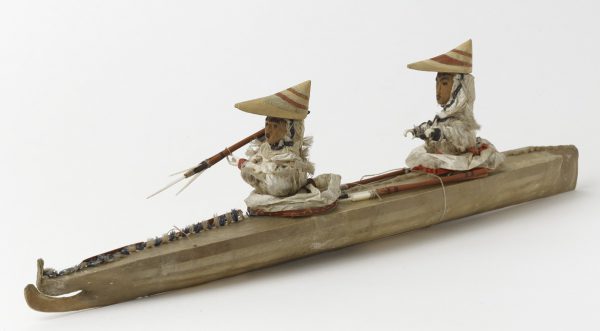 Arctic vessels and scale models
Arctic vessels and scale models
-
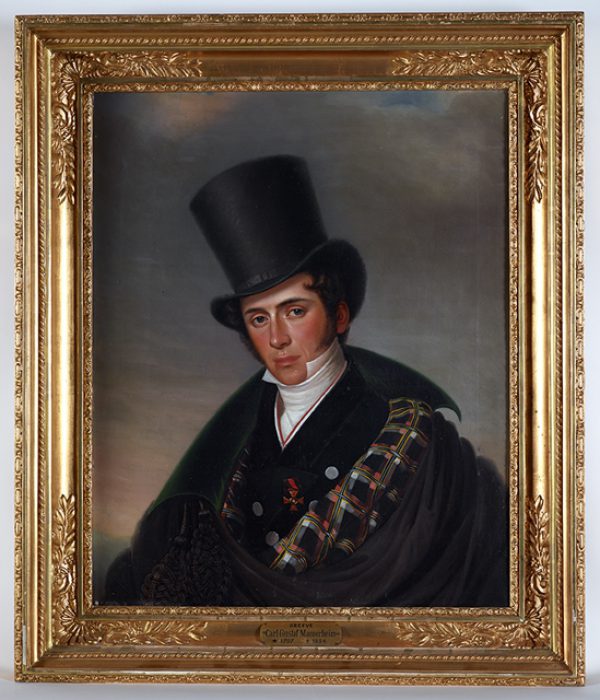 Portrait of a young dandy: Carl Gustaf Mannerheim
Portrait of a young dandy: Carl Gustaf Mannerheim
-
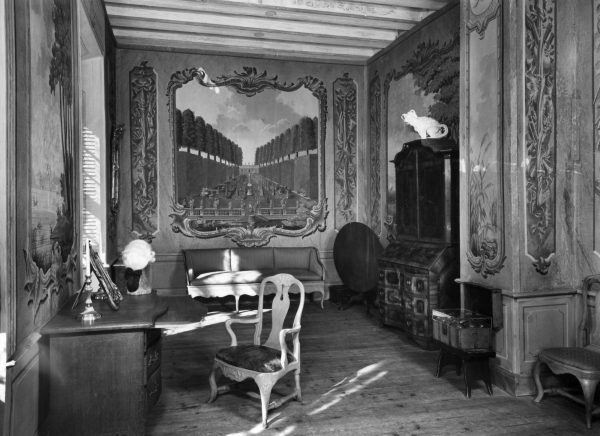 Painted Wall Covering in the Devil’s Chamber
Painted Wall Covering in the Devil’s Chamber
-
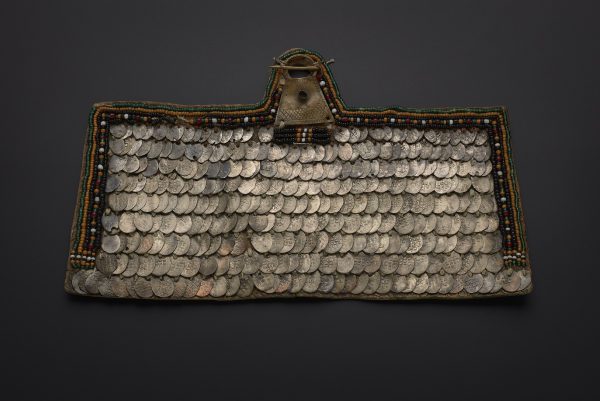 Šerkämä – Women’s brooch
Šerkämä – Women’s brooch
-
-
2022
-
2021
-
2020
-
2019
-
2018